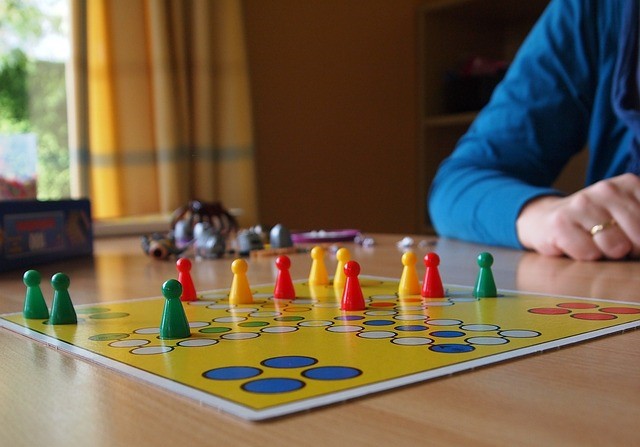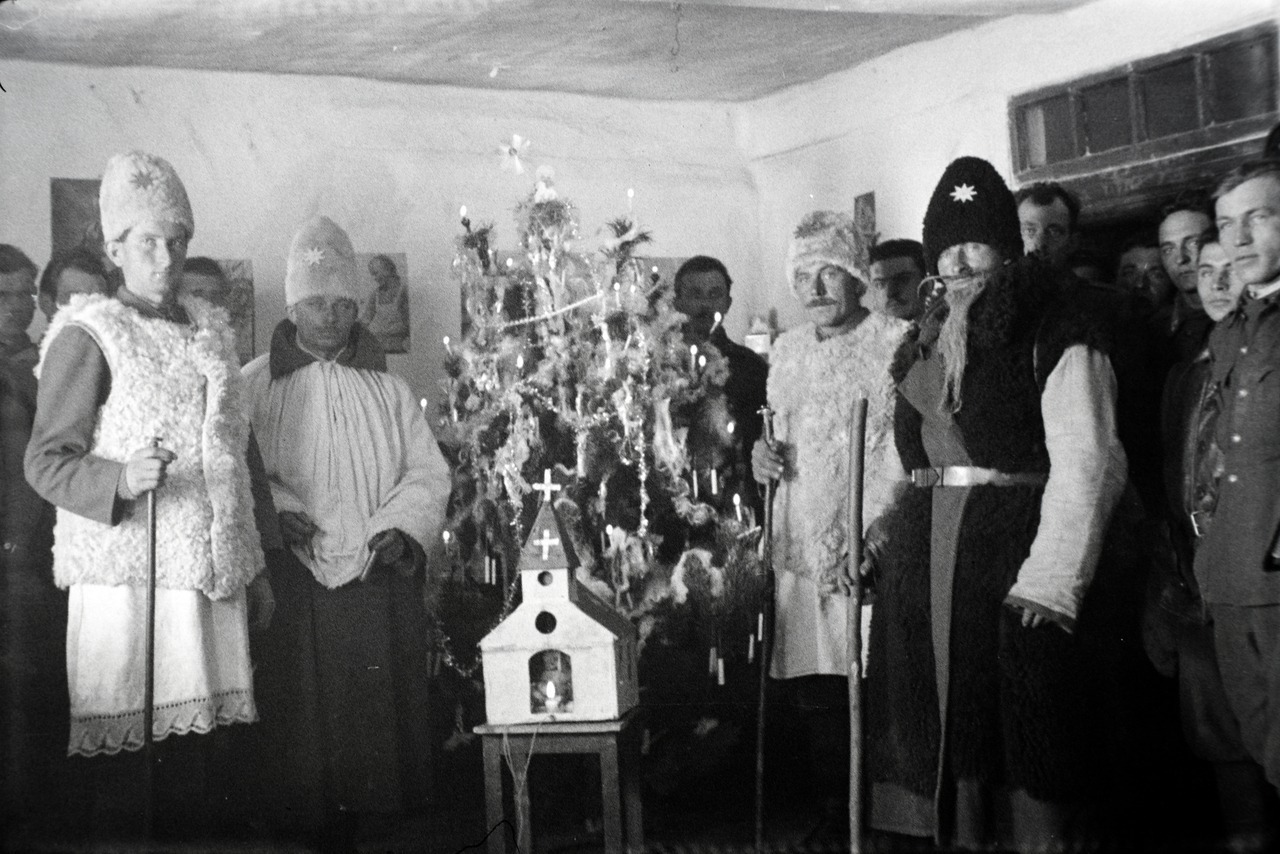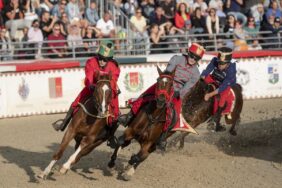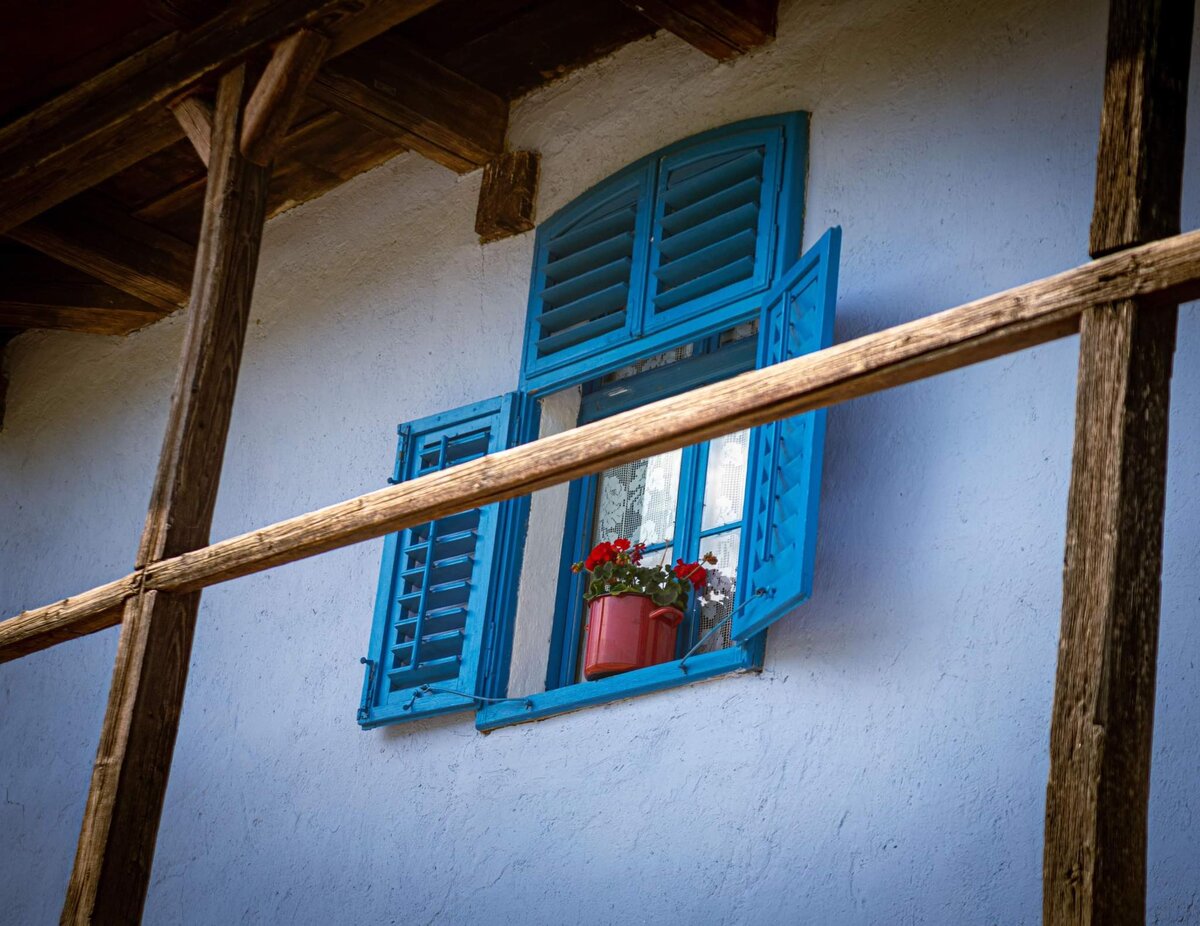Odd Hungarian New Year’s customs and traditions

There is a great selection of things in Hungarian culture that bring good luck for the new year. Some of them might be as simple and widespread as four-leaf clovers. However, some might seem pretty odd to individuals from different cultural backgrounds.
Four-leaf clover
You can do many things to secure your good luck for the upcoming year according to old Hungarian customs and traditions. In line with the beliefs, the four-leaf clovers bring luck to the family. In addition, they keep witches and evil spirits away from the house. Four-leaf clovers hold a special place in many nations’ traditions, but do you know its background?
The protective function of the four-leaf clover is due to its shape which resembles the shape of a cross. Although, it has been a symbol of protection and warding off evil forces even before the advent of Christianity. The rarity of this plant is also one of the reasons why it is considered so significant. Superstition has it that its power is only truly revealed when it is stumbled upon by chance.
Horseshoe
The horseshoe symbolises the moon crescent which is said to bring fertility. Just like the four-leaf clover, the horseshoe also has a long list of reasons why it is special other than its shape. For centuries horseshoes were used in many ways in Hungary. People used to think that putting them in the troughs of animals would keep them healthy. Other nations nailed them to boats and doorposts for good luck.
However, the purpose was the same for Hungarians and others: to keep evil spirits away and manifest good fortune. In Hungary, the object’s power lies in the fact that horses were seen as sacred animals. According to old beliefs, you should not expect too much from store-bought horseshoes. The real effects only unveil if you find this lucky charm on the side of the road!
Lovelife predictions
According to the old Hungarian traditions, you can even predict who you will marry! Unmarried girls would write male names on small pieces of paper. Then, the girls placed these papers in the middle of dumplings or some kind of homemade raw pasta. When the clock struck midnight on New Year’s Eve, they threw them into the boiling water. The first dumpling/pasta to come up revealed the name of their future husband.
In some Hungarian villages, the pigs predicted the marriages. The girls ran out to the pigsty and kicked its walls. If the pigs grunted, it was for sure that they would get married in the following year. However, in some households, the New Year food predicted who would get married next. Women hid almonds or something small in “főzelék” (stew) made of lentils. Whoever found that small almond got married in the upcoming year.
Bullying is not a new phenomenon. Girls who did not get married at a young age were often made fun of. The boys would set up straw dollies at the houses of unmarried older girls to mock them. They often tried to place these dolls where everyone could see them. Thus, they sometimes even climbed up to the roof. However, if the father of the girl was alert and spotted the boys, he took their ladder. As a punishment, the young gentlemen had to stay on the roof all night long.
Further Hungarian oddities
- Chimney sweeps are the keepers of the fire. If you touch your coat buttons when they are looking at you, you will secure good fortune!
- Do not call or go to the doctor on New Year’s Day because you will be sick all year.
- Take a shower early in the morning on New Year’s Day to stay healthy. Whoever dared to draw water from the well first thing in the morning “took the golden water”. This water meant good luck for all year round.
- According to another old custom, you should not argue, wash, do the dishes, or sew on New Year’s Day. These things could lead to fatal consequences; the death of a loved one.
- In some counties, people baked pogácsa (scones) with feathers. Every family member had their own pogácsa with a feather on top. After the baking, the burnt feather indicated death in the next year for that certain family member.
Read also:













































